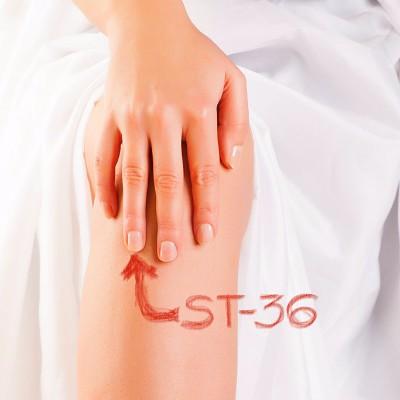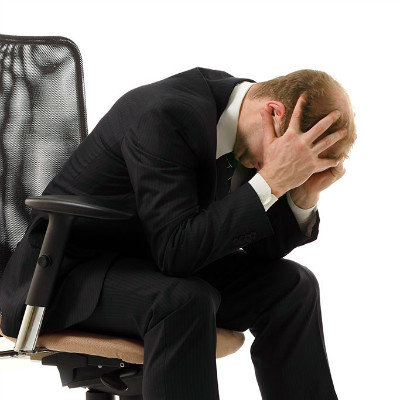Is cervical vertebra ill giddy symptom?
summary
In life, the incidence of cervical spondylosis is becoming younger. Cervical spondylosis often causes dizziness, which brings great influence and harm to the majority of patients. Cervical spondylosis generally has six different types of performance, can cause dizziness of cervical spondylosis should be the following two types: sympathetic type, vertebral artery type. Is cervical vertebra ill giddy symptom? Let's talk about it.
Is cervical vertebra ill giddy symptom?
1. Cervical spondylotic radiculopathy (1) has typical radicular symptoms (numbness, pain), and the range is consistent with the area dominated by cervical spinal nerve. (2) positive results of head test or brachial plexus traction test. (3) imaging findings were consistent with clinical manifestations. (4) there was no significant effect in blocking pain points. (5) except for upper limb pain caused by external cervical lesions such as thoracic outlet syndrome, carpal tunnel syndrome, cubital tunnel syndrome and scapulohumeral periarthritis.
2. Cervical spondylotic myelopathy (1) clinical manifestations of cervical spinal cord damage. (2) X-ray showed hyperosteogeny and spinal stenosis at the posterior margin of vertebral body. Imaging confirmed the presence of spinal cord compression. (3) except amyotrophic lateral sclerosis, spinal cord tumor, spinal cord injury, multiple peripheral neuritis, etc.
3. Cervical spondylosis of vertebral artery type (1) had a sudden attack. And accompanied by cervical vertigo. (2) neck rotation test was positive. (3) X-ray showed segmental instability or hyperplasia of the axis joint. (4) most of them have sympathetic symptoms. (5) except ocular and otogenic vertigo. (6) basilar insufficiency caused by compression of vertebral artery segment I (the vertebral artery segment before entering the transverse foramen of neck 6) and vertebral artery segment III (the vertebral artery segment before leaving the cervical spine and entering the intracranial) was excluded. (7) vertebral artery angiography or digital subtraction angiography (DSA) should be performed before operation.
matters needing attention
1. Read books about cervical spondylosis and master scientific methods to prevent and treat diseases. 2. Keep optimistic spirit, set up the thought of struggling with the disease, cooperate with the doctor to treat, reduce the recurrence. 3. Strengthen the exercise of neck and shoulder muscles, do the flexion, extension and rotation of head and upper limbs during or after work, which can not only relieve fatigue, but also make muscles developed and toughness enhanced, which is conducive to the stability of cervical spine and enhance the ability of neck and shoulder to adapt to the sudden changes of neck. 4. Avoid the bad habit of high pillow sleep, high pillow makes the head bend forward, Increasing the stress of lower cervical spine may accelerate the degeneration of cervical spine. 5. Pay attention to keep the neck and shoulder warm, avoid heavy load on the head and neck, avoid excessive fatigue, and don't doze off when riding. 6. Treat the neck shoulder and back soft tissue strain as soon as possible to prevent it from developing into cervical spondylosis. 7. Avoid flashover and contusion when working or walking. 8. Long term ambulatory workers should change their head position regularly and do neck and shoulder muscle exercises on time. 9. Pay attention to the posture of head, neck, shoulder and back. Don't lean your head and shrug your shoulders. When talking or reading, look at it head on. Keep the spine straight. According to traditional Chinese medicine, walnut, Cornus officinalis, Shengdi and black sesame have the function of Tonifying the kidney and marrow. A reasonable small amount of them can strengthen the muscles and bones and delay the degeneration of the kidney and joints.











